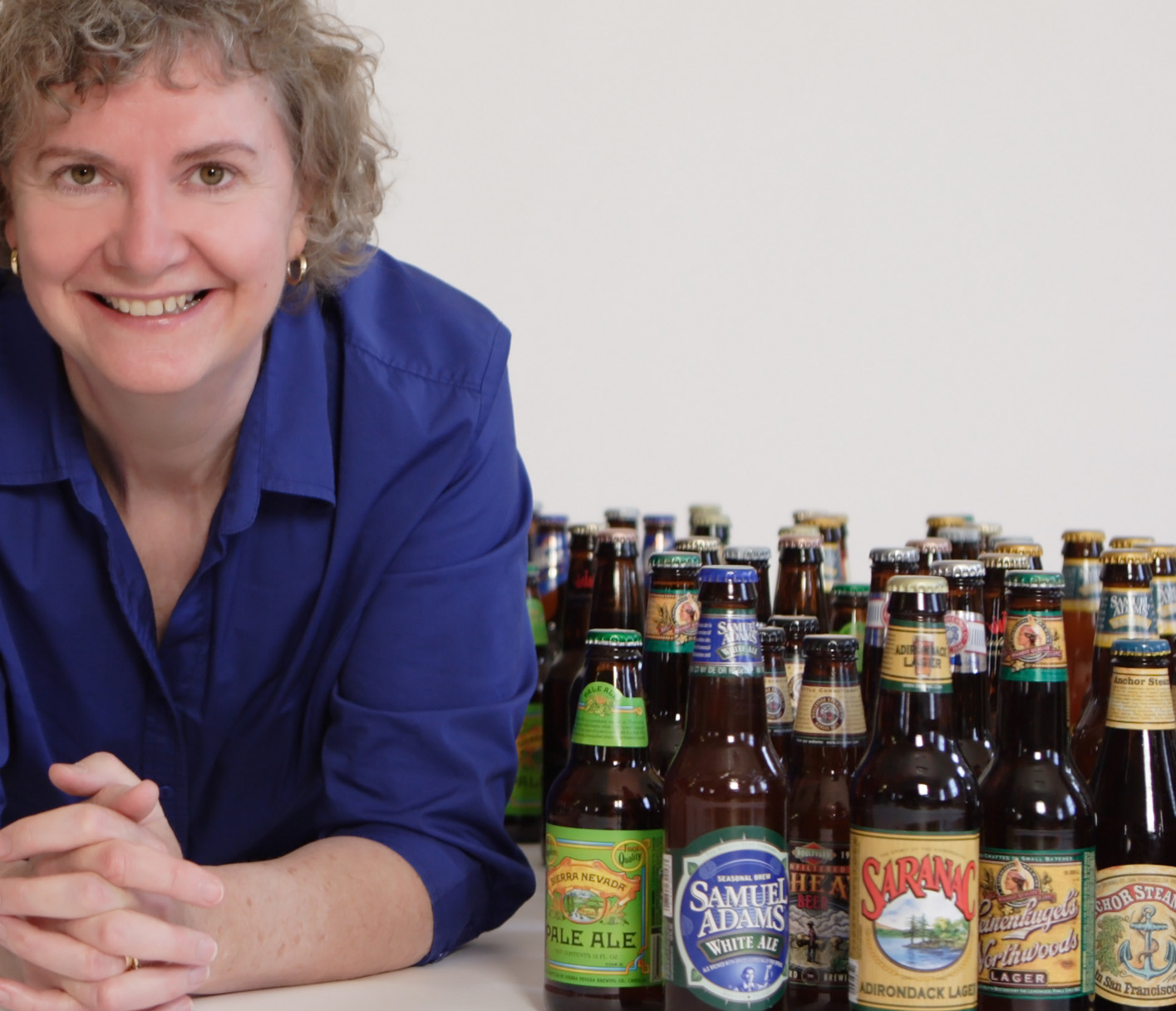Prior to the spring of 2001, my experience with beer was limited to days long gone: downing entirely too many plastic cups of whatever was on tap during “dime beer” hour in the mid-1970s at the Vine in downtown Iowa City (the original Vine, not that ersatz joint in business today).
In the spring of 2005, I left the dead behind and turned to the living, interviewing beermakers—home brewers, microbrewers, and owners of the “heritage” breweries—about their life and work in beer.

But in April 2001, I began writing a history of beer in America, from the industry’s early years in the 1840s to microbrewing in the 1980s. I prowled through newspapers and old trade journals, cobbling together fragments of fact, trying to create an accurate account of American brewing’s pre-Prohibition history.
The personalities of the long-dead emerged from those old pages: multi-lingual, flamboyant Adolphus Busch; Frederick Pabst, uneducated but brilliant, cautious but fiercely ambitious; dashing Jake Ruppert’s penchant for polo and porcelain; George Ehret, who, at the time of his death, owned large chunks of Manhattan—men of drive and spirit, most of them immigrants, who created one of the nation’s largest industries and invented a new kind of beer.
Then, in the spring of 2005, I left the dead behind and turned to the living, interviewing beermakers—home brewers, microbrewers, and owners of the “heritage” breweries—about their life and work in beer.
Beer folk, I discovered, were smart, funny, and fully engaged with the world around them. More to the point, each had been touched in some profound way by beer itself. Beer was less a job than it was a destiny.









